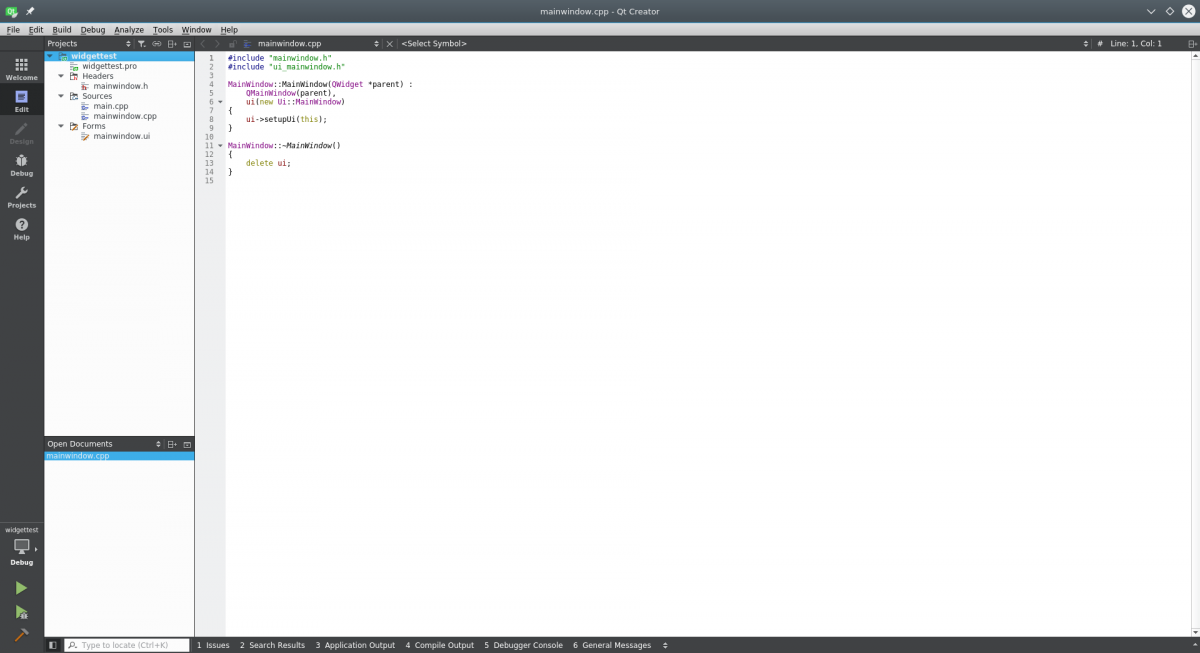

In this model, for example, a calculator app only gets the capabilities it needs. The AppContainer ensures that the app process won’t have any undesired impact on system stability or security by keeping it in a sandbox that is defined by UWP’s capability model. Last, and certainly not least, running your Qt app as UWP will let you take advantage of the AppContainer – the unsung hero of the Windows app platform.
#Raspberry pi qt creator windows 10
So this means you can compile and package your Qt app as a UWP app package that can then run on any Windows 10 device – PC, Xbox, HoloLens, Surface Hub and Window IoT Core!Įven if you are building only for desktop PC, this can be interesting to consider if you want to take advantage of new Windows 10 UWP APIs or modern app deployment incl.

And I mean UWP proper here, not Desktop Bridge for PCs. So what to do here? Qt support for UWPĪ little know fact about the Qt application framework is that it is compliant with the UWP app model and API specifications. The latter exclusively runs UWP applications, but UWP apps typically can’t run on Raspbian. One of my requirements for the app was that it needs to run with Raspbian (Linux) as well as with Windows IoT Core installed on my Pi. I was looking for an app framework for a simple app I wanted to write for my Raspberry Pi 3. Ok, the title sounds like technology bingo – three apparently unrelated technologies.


 0 kommentar(er)
0 kommentar(er)
